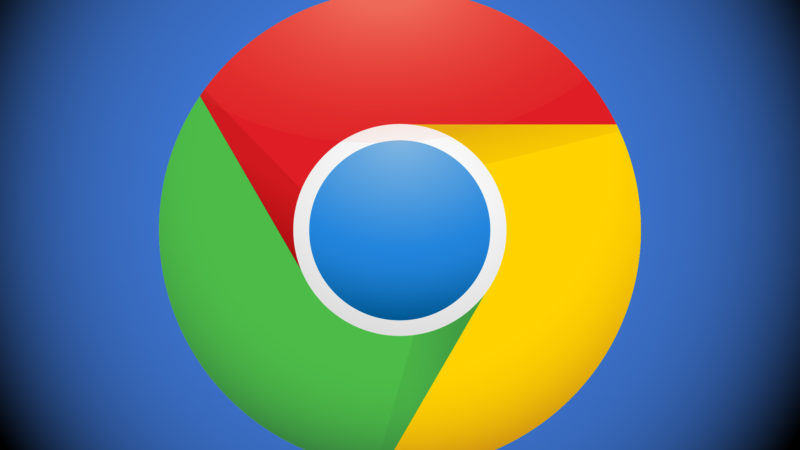Google’s big gamble on ad blocking and why you should care
Google's plan to release an ad blocker for Chrome could affect a sizable portion of the display market. Contributor Blaise Lucey explains what it means for marketers and how they can start rethinking display.

Ads ambush you from all sides. The sidebar spins out in front of you. A banner flashes in excitement. You scroll halfway to a video and it starts blasting terrible music of its own accord. Breaking a sweat, hand shaking, you pause the video. And then the entire article is taken over by another thing.
What is that thing?
You probably don’t know. Display ads have an average click-through rate of 0.17 percent, and just 33 percent of people (PDF) remember banner ads after seeing them. Despite their prevalence, the humble display ad often results in bounced traffic and missed opportunities rather than revenue.
The challenge isn’t just that consumers don’t remember the ads. It’s that they don’t want to see them in the first place. Ad blocking is a distant menace to most marketers and publishers. But in 2018, Google is going to introduce ad blocking to Chrome. And companies need to be ready.
Defining a ‘good’ display ad
The experience of ads ruining a website is pretty much universal. Google knows that. Consumers know that. Especially younger internet users. Millennials are among the heaviest users of ad blockers, according to a study from Sourcepoint and comScore.
When ads are blocked, publishers lose revenue. In 2016, it’s estimated that this lost revenue amounted to $41.4 million.
Google loses revenue, too. Ads are the vast majority of the search giant’s business. If more consumers block ads, it’s bad for business.
So it might seem counterintuitive that Google is now planning on releasing an ad blocker for Chrome. But it’s not really an ad blocker. Google calls it an ad “filter,” and it will be available in early 2018.
The plugin for Chrome won’t block all ads. Right now, it’s rumored that it will only block the ads that are most annoying and invasive, including:
- pop-up ads
- large sticky ads
- autoplay ads with sound
- autoplay video ads with sound
- prestitial ads
- flashing animated ads
- full-screen scrollover ads
This would be consistent with what Google has done in its Search Console with its Ad Experience Report, which — for sites that have been reviewed — provides reports (and an opportunity for reconsideration) on abusive and invasive ad experiences, as defined by the Better Ads Coalition‘s standards.
Still, these experiences currently represent a sizable chunk of the display market. Many teams are going to have to radically rethink their approach, from advertisers and marketers to publishers and content creators.
Publishers may be especially hard-hit. Less ad space — especially video — means fewer ad units to sell. While Google is planning to include a program that allows users to pay the websites that are affected by the plugin, this feature has already been shown to not actually work, according to The Verge.
So if Google itself has decided to block ads, what kinds of ads even work? How do you get in front of new audiences who won’t click or remember a display anyway?
The future of display ads is native
Just last month, Google announced three new types of ads that would be made available from AdSense: in-feed, in-article and matched content ads.
Native ads don’t pop up in front of your face, and they don’t flicker around the edges of your screen. According to Google, native ads “fit naturally on your site and use high-quality advertiser elements, such as high-resolution images, longer titles and descriptions, to provide a more attractive experience for your visitors.”
In other words, they don’t look like ads as we know them today.
With “matched content,” marketers can use retargeting across Google’s network to promote content to people who have already consumed other pieces of content. Both in-feed and in-line ads are designed to emulate the look and feel of the website itself, so the user experience isn’t negatively impacted.
Rethinking display
Chrome dominates the browser field today, with 54 percent market share. Google will never actually block ads, but it’s clear that there’s a priority to clean up the biggest offenders when it comes to bounce rate and user experience. Like native ads, Chrome’s ad filter will become another built-in experience.
Teams need to think about how they can start building ads that are less interruptive and more seamless. While it’s tempting to create ads that jump out at users, it’s obvious that this tactic is being met with diminishing returns.
Google’s latest ad offerings indicate that the company is hoping to push a better user experience that is less disruptive to web visitors and more content-centric than ad-centric. And if so many display ad spaces are going to be blocked by a browser that’s used by 54 percent of web browsers, it’s probably time to start changing your ad strategy.
Opinions expressed in this article are those of the guest author and not necessarily MarTech. Staff authors are listed here.
Related stories